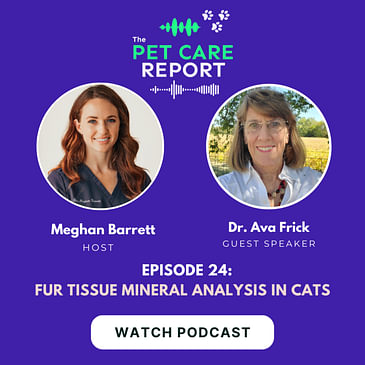Related Episodes
Dr. Karolina Westlund: Noise Phobia: How to Help Dogs with Sound Sensitivities| E42
In this Pet Care Report podcast episode by PetSummits, host Melissa Viera talks with Dr. Karolina Westlund about noise phobia in dogs, exploring its causes, effects, and signs. They emphasize early recognition, various strategies for managing the phobia, and the importance of environmental control,...
Dr. Sarah Kerr: Managing Pet’s Death and Finding Recovery | E41
In this episode of the Pet Care Report Podcast by Pet Summits, host Alora McKinley discusses the difficult topic of pet loss and grief with Dr. Sarah Kerr, a death doula and founder of the Center for Sacred Death Care. Dr. Sarah shares her insights on preparing for the inevitable loss of a pet, the...
Linda Hall & Rita Reimers: NEW Cat Meet & Greet Gone Wrong? Here's What You're Doing WRONG! | E40
In this Pet Care Report Podcast episode by Pet Summits, host Dr. Meghan Barrett discusses cat behavior and integration with Linda Hall and Rita Reimers from the Cat Behavior Alliance. They emphasize taking it slow, understanding personality cues, and offer practical tips like using temporary screen...





